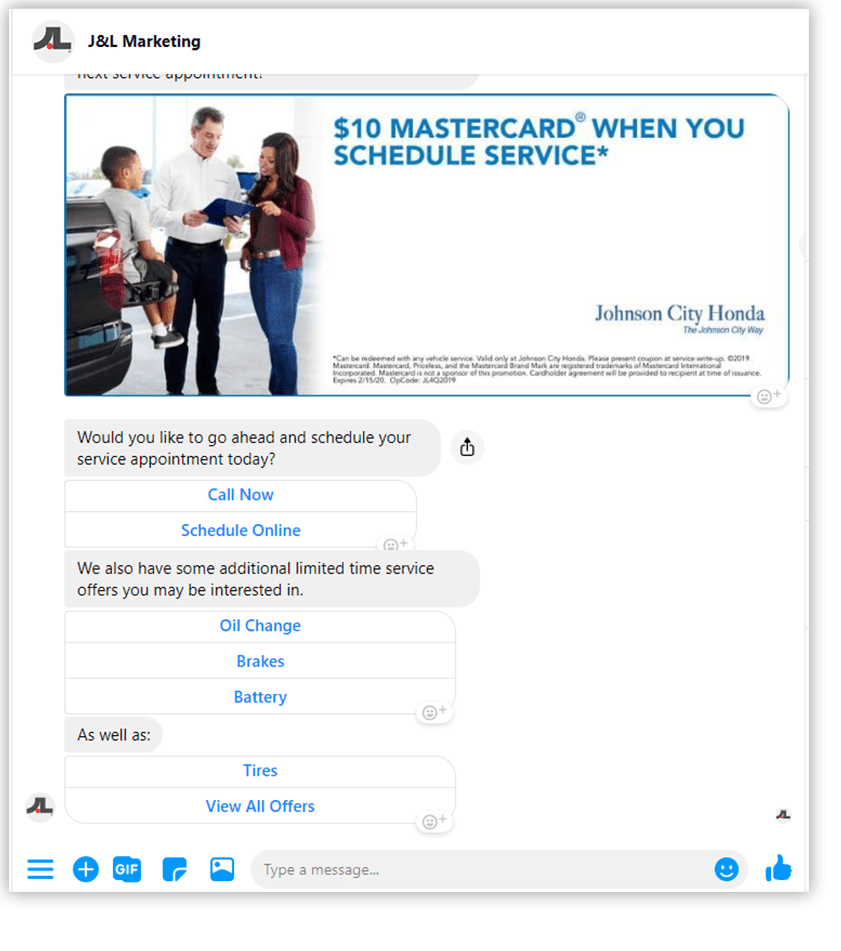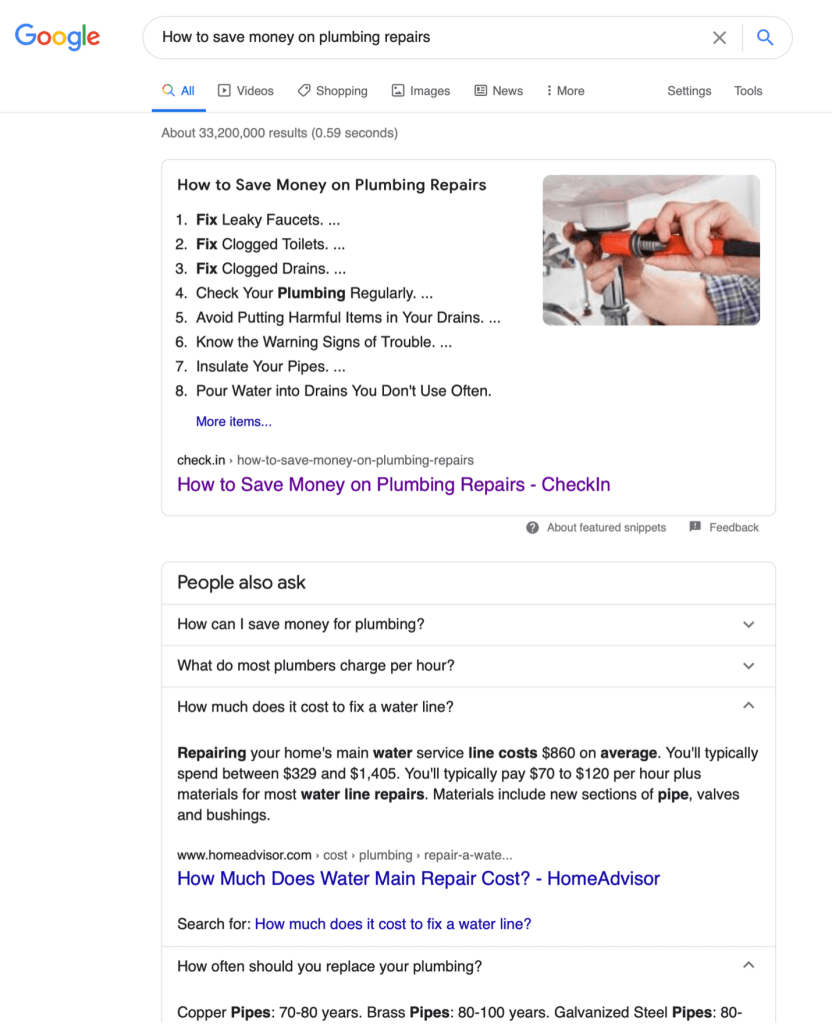In 2020, COVID-19 changed the landscape of our personal and professional lives. Digital marketing has been increasingly crucial to companies over the past two decades, but the pandemic accelerated online activity and engagement. Bored at home, people went online. Even as vaccines promise a return to normal, some consumer behaviors and marketing strategies will be permanently changed.
Brands that keep up with evolving technologies to provide a seamless customer experience will have a strong position during pandemic recovery and beyond. Here are eight digital marketing trends businesses won’t want to miss in 2021.
1. Include Short-Form Video in Your Social Media Strategy
According to 2020 statistics published by Wyzowl, 80% of video marketers say video has directly helped increase sales. Ninety-six percent of people have watched an explainer video to learn more about a product or service, and 84% of people say that they’ve been convinced to buy a product or service by watching a brand’s video.
After Google, Youtube is the second-largest search engine. In escalating numbers, younger users gather on TikTok and Snapchat.
Video content marketing includes more than short and snappy product demonstrations and ads. Short-form videos formats include:
- Video testimonials
- Video interviews
- How-to or instructional videos
- Vlogs (video blogs)
- Recordings of live streams
- Product demos and reviews
- Video ads
Short-form videos can be compelling, but a riveting opening followed by branded messaging in a friendly tone requires customer knowledge, research, and creativity. Viewers have short attention spans, and a video without a strong opening will languish in the feed.
Social media shopping is on the rise. One in five shoppers purchased online by pressing the “buy” button on social media, up almost 30% from 2019. Keeping your social media audience engaged keeps you active in this growing sales channel.
2. Personalization Is the New Normal
The height of customer service has always included personalization; the waiter who remembers your name and your favorite table, the hotel that welcomes and sweeps you into its luxury. Online shoppers flock to a personalized marketing experience. Over 70% of shoppers feel disappointed by an impersonal online experience or will only engage with customized marketing.
Marketers need to tailor customer communications based on their interests, preferences, and behavior. Fortunately, artificial intelligence (AI) combined with machine learning can provide a powerful automated personalization. Each choice or input that a customer makes across any of the business’ online platforms educates the machine learning program to refine product suggestions and nuances in communication and sentiment.
Your customers want special attention. They want content, products, and services that are highly relevant to their lives and needs.
3. Create Seamless Touchpoints Across Devices
As digital marketing technology continues to evolve, marketing automation is becoming a mainstream necessity. The customer journey is dynamic and includes dozens of touchpoints across multiple devices. As a company grows, only sophisticated models can predict outcomes and calculate ROI accurately.
AI and other marketing automation tools help marketers increase conversions, generate personalized content, and track results. AI takes personalization to the next level by identifying trends in consumer behavior. The technology is likely to continue to evolve in 2021.
AI is implemented in many areas, including:
- Basic communication
- Product recommendations
- E-commerce transactions
- Email personalization
Marketing automation technology can reduce expenditures and improve ROI. Not only do your customers get a more personalized experience, but you also get more and better data on what they need and want.
4. Utilize Chatbots
Chatbots use AI technology and instant messaging to talk in real time, day or night, with shoppers or customers.
According to a HubSpot research report, 71% of people like to use chatbots to solve simple problems quickly. Fifty-six percent prefer a chatbot over a call to customer service, and 53% will only shop with businesses they can easily message.
Chatbots answer frequent questions promptly any time of the day or night, and many customers appreciate that. They are virtual customer assistants designed to automate repetitive tasks, freeing your staff for more complex work.
At the moment, chatbots are useful for basic questions and answers and straightforward customer service queries. They can handle a small percentage of total inquiries. However, expect this technology to improve dramatically in the coming years, empowering it to manage a higher quotient of customer inquiries.

5. Google My Business
If your company has a local presence and is not maximizing your Google My Business local SEO listing, you are losing opportunities to engage active shoppers.
Shoppers who enter a location-based search, including a city name or phrase like “near me,” see three local SEO search results at the top of the page. These are local businesses that have established evident credibility on the web. Companies do not pay for these top listings. They are free because Google wants to give shoppers the best available matches.
Two essential things to maximize your Google My Business listing is to:
- Complete all relevant listing fields thoroughly and include photos
- Ensure your company name, email, address, and phone numbers are consistent across every web listing, including industry and online directories
6. Google’s Featured Snippets and People Also Ask
Two additional opportunities to rank high on the results page without the direct cost of pay-per-click advertising are Google’s Featured Snippets and the People Also Ask (PAA) section.
Both sections are designed to rapidly answer user queries by listing answers near the top of the results page. When a consumer types information-seeking questions, or phrases like “how to…” or “what is…,” Google highlights one answer at the top of the page in the Featured Snippets section.
Often, the Featured Snippet answer is pulled from the first page of results for that search term. However, sometimes they are drawn from other websites.
The PAA section can be at the top, side, or bottom of the page. It offers answers to similar and related questions to simplify the user’s search process. Since there can be a long list of results in the PAA section, Google pulls from different ranking websites.
Optimizing for Featured Snippets also optimizes for the PAA section. Provide quality information. Use targeted headers followed by a direct answer to the question.
What are the questions people most commonly ask your business? What do you want shoppers to know about your company? Answers to both of these are excellent opportunities to create content to answer those questions and possibly get your website highlighted.

7. Share Your Community, Social, or Environmental Efforts
Businesses that focus on social, environmental, and ethical responsibility are set up to flourish this decade. Both customers and employees are invigorated by a company that actively contributes to a better world in a way they find meaningful. Social responsibility increases engagement, builds esteem and loyalty, and can be attractive to investors.
Companies are encouraged to incorporate their social responsibility practices within the business’ everyday functionality. Corporate social responsibility activities can be local, regional, national, or global. Areas to address can include:
- Environmentalism
- Reducing economic barriers
- Empowering women and minorities
- Investing in the local community
There is no need to get carried away; it’s a good idea to start small and track all the benefits and effects of your effort. If you’re looking for a place to get started, poll your managers and staff about volunteer work and community involvement. They may have outstanding ideas and existing connections.
A key to a successful social impact program is remaining true to the company’s core values. The approach your business takes to social impact should represent the values that drive your company. Social efforts that seem insincere or incongruent don’t build the same social equity and trust with employees, consumers, and investors.
8. SEO for Visual Searches
Image optimization is an often-overlooked opportunity to show up in visual search results. Users can enter a photo file or photo URL into the search bar to see a list of where that image appears on the web. By including essential information, you make it easier for Google to find and display your visuals in the results.
To optimize your images for visual searches:
- Add a caption. Tell readers and search engines what the image shows
- Include a keyword in the Title
- Include a brief description and keyword in the Alt Text field
- Include a keyword phrase in the file name
- Use the minimum file size for a clear image; minimize loading time by avoiding colossal image files
The Sales Arena Is Increasingly Online
To engage and interact with customers where they are, businesses need to be online. Traditional marketing evolved, but not at the pace of today’s technology. Digital marketing offers insights and automation. The potential available to companies online continues to expand.
Companies can establish expertise and authority, provide personalized experiences, and engage new audiences online. At J&L Marketing, we leverage your customer data to help you outsmart, not outspend, your competition. See how we increased one client’s phone calls by 167% and increased service appointments by 71% from paid ads.
With a vast digital marketplace, no single solution fits all businesses. The best digital marketing strategy for your company pivots on your size, goals, and budget. Contact us anytime with questions.



